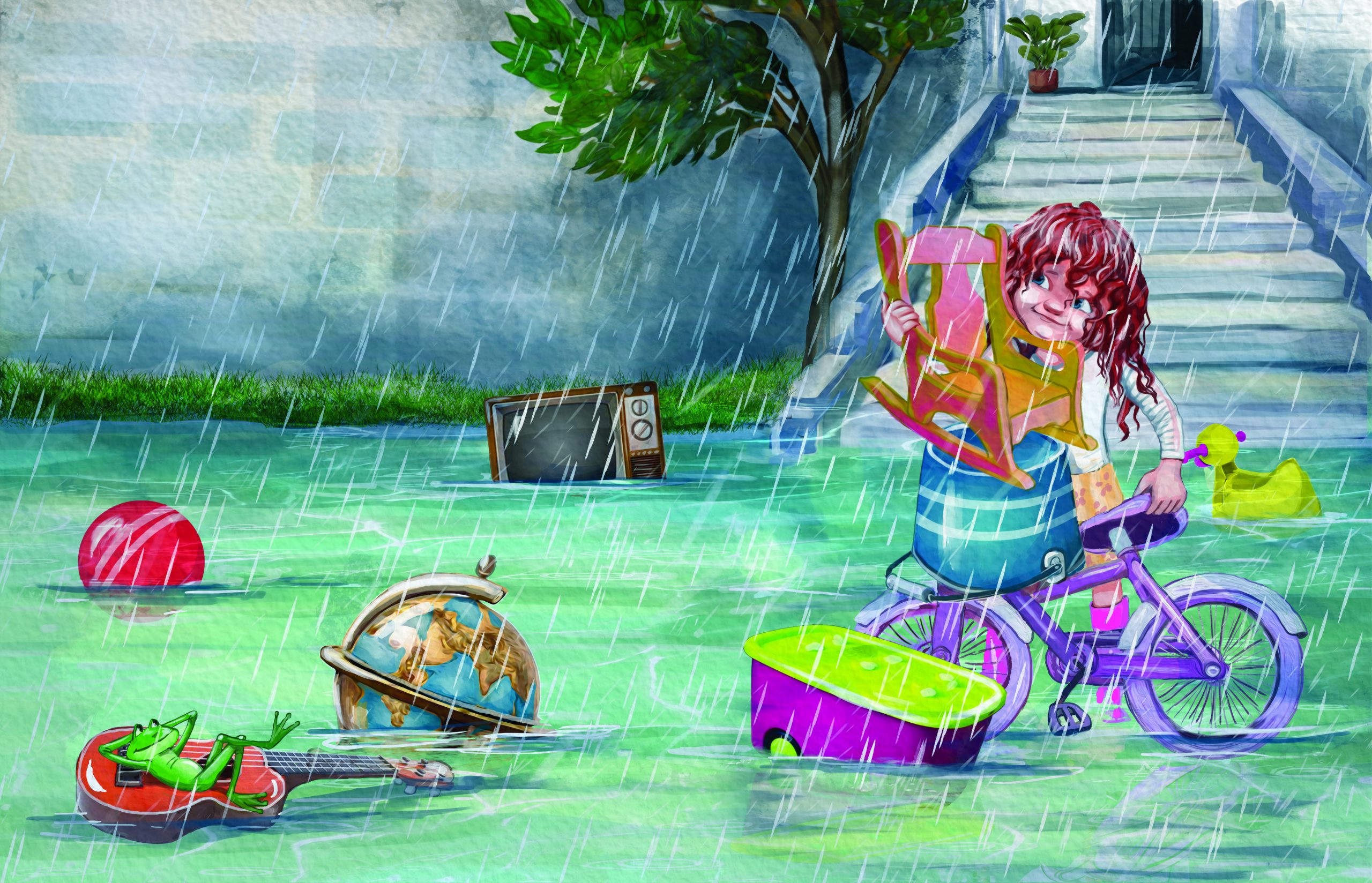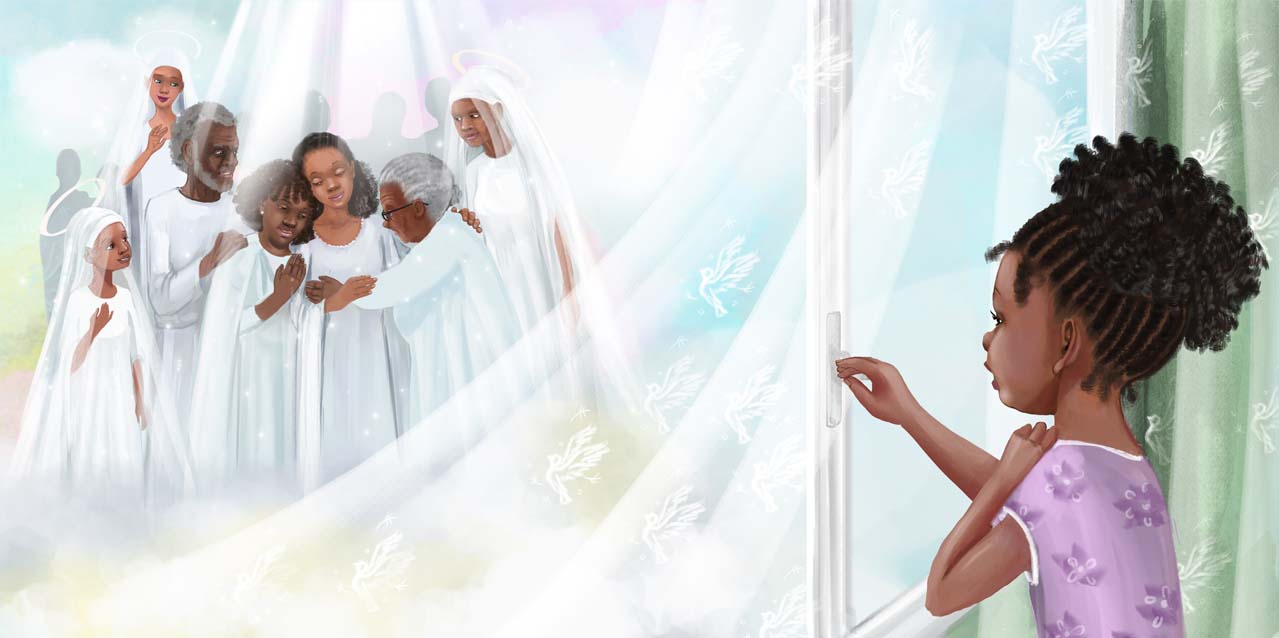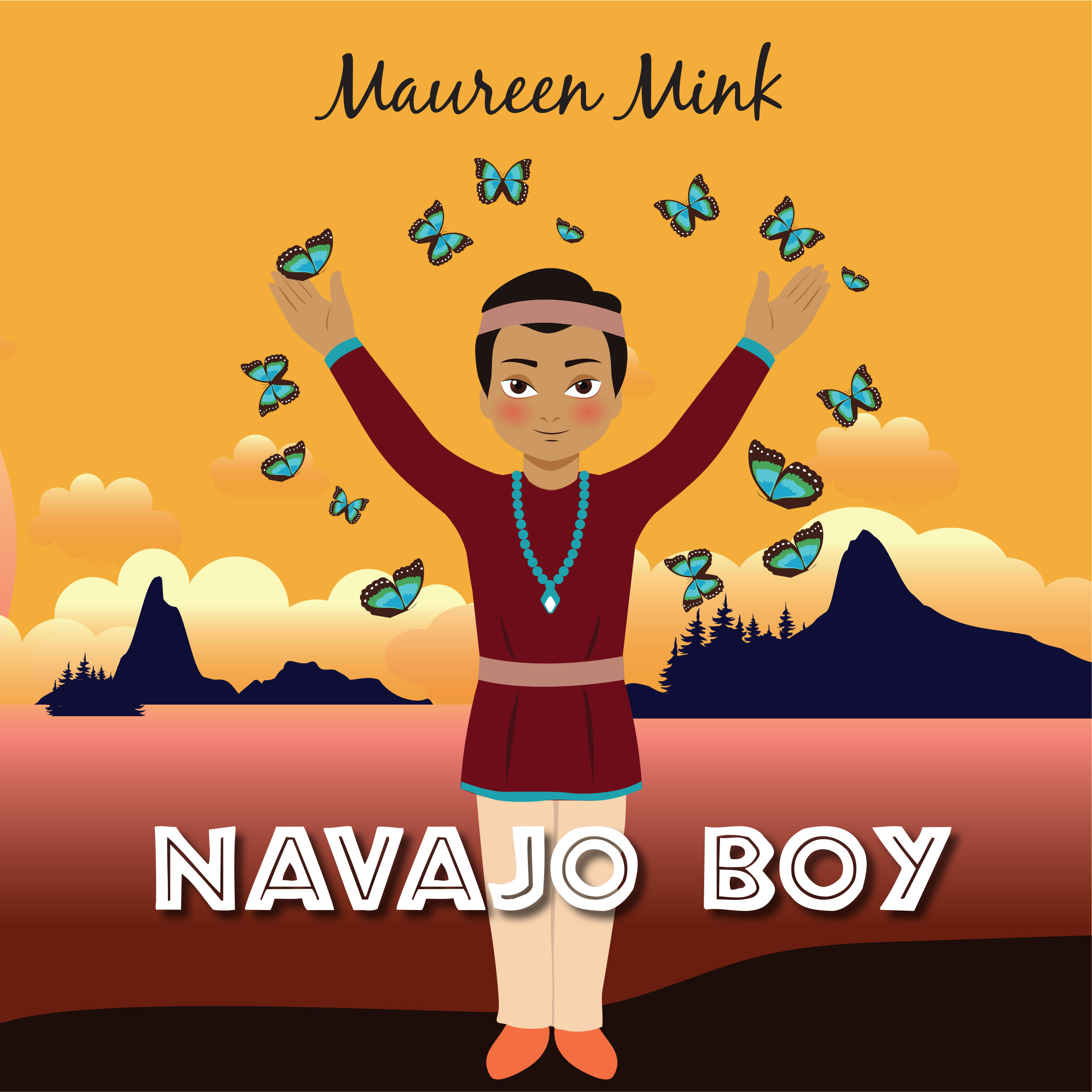Types of illustrations for Children’s book
What style of illustration would be best for your book?
Your illustrations should complement your style of writing and the message of your children’s book. Sometimes more than one style will fit, and other times certain styles can be adapted to match the quality of your book. For instance, the style of cartoon can be funny, goofy, cute, or even shocking, depending on a few slight variations.
What Makes a Good Children’s Book Illustration?
There are three main characteristics of good children’s book illustrations; They must be visually appealing, memorable, and relevant. They must be visually appealing to catch the eye of the reader and keep them drawn in. The illustrations must also be memorable so that they can be easily remembered (think Dr. Seuss). And finally, good children’s book illustrations should be relevant, not just in the context of the times, but in the context of the book itself. How the images change as the book progresses, must be consistent, and in rhythm with the story.
Below are many different samples to help you find the best fit for your book! We have also provided a description for the different styles below that so take a look and see what resonates with you the most – and if you don’t see one that you want – just let us know as we have several other samples that are just as amazing but all different and unique in their own way!
Descriptions of the different Illustration Styles
Cartoon
Cartoons bear similarities to real life but are portrayed in a more exaggerated way. They can be cutesy, wacky, or even over-the-top, and are typical in children’s books, especially for younger kids. Cartoons often come in multiple bold colors to provide a striking impression.
Realistic
Though children’s books rarely depict truly realistic images, some are more true-to-life in characterizations. You’ll often find these in books that are set in everyday situations or involve “real” characters. They’re also commonly used in children’s books with more serious, educational, or informative themes.
Whimsical
Whimsical or fantasy illustration styles take on more fun and dreamy effects; often they’re almost comical, and can inspire a more active imagination among readers.
Lines
Line drawings are outlines of forms and figures that aren’t typically colored in. They’re normally drawn in just one color (usually black, without any amount of shading), in a consistent line. You’ll find that line illustration styles are quite common in children’s books that double as coloring books.
Sketches
Sketches are rough drawings that don’t seem like finished work. They’re usually hand-drawn and are black-and-white, similar to the initial drafts of a piece of artwork, though some might look more “finished” than others. Although simple, sketches are often expressive and can be used to convey movement quite well.
Illustration Mediums for Children’s Books
Once you’ve chosen the illustration style that you want to apply to your children’s book, it’s time to decide what medium to create it in. This should depend on both the theme and the style of your book, as some mediums match different styles better. That said, you may also want to consider your own artistic abilities if you’re illustrating a children’s book on your own; but you’ll be limited to the mediums that you’re already good at working in.
Here are the usual illustration mediums for children’s books:
- Watercolor
- Acrylic
- Pencil
- Charcoal
- Collage
- Multimedia
- Digital Freehand
- Vector
.
Scroll through just some of our samples below!
CONTACT US
Have you written a children’s book and don’t know what your next step is?
To receive your customized proposal, please send an email to judy@hasmarkpublishing.com and include a copy of your manuscript to receive a manuscript evaluation by one of the Hasmark team members. Otherwise, we can set up a time to talk about your goal(s) for your book over a call.




































 Bestsellers is what we do. In fact, it separates us from the herd. It’s no coincidence that 100% of authors who signed up with Hasmark to be bestsellers – were successful!
Bestsellers is what we do. In fact, it separates us from the herd. It’s no coincidence that 100% of authors who signed up with Hasmark to be bestsellers – were successful!